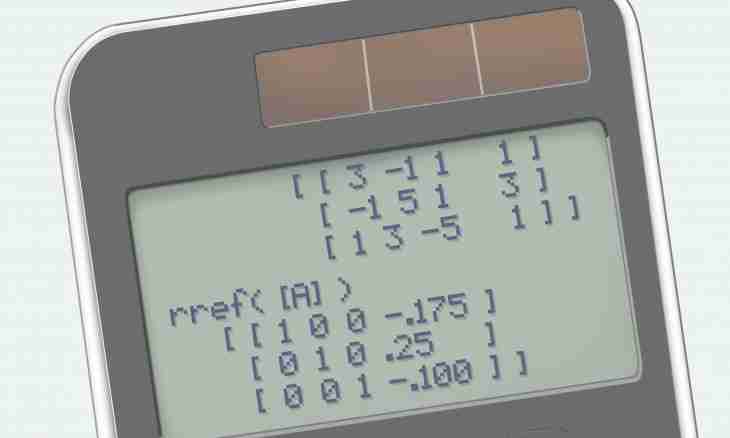Measurements can be taken with different degree of accuracy. At the same time even precision instruments are not absolutely precision. Absolute and relative errors can be small, but in reality they are practically always. The difference between approximate and exact values of a certain size is called an absolute error. At the same time the deviation can be as in big, and downwards.
It is required to you
- - data of measurements;
- - calculator.
Instruction
1. Before counting an absolute error, take several postulates for basic data. Exclude rough errors. Accept that necessary amendments are already calculated and introduced in result. For example, transfer of a starting point of measurements can be such amendment.
2. Accept as a starting position that random errors are known and considered. At the same time it is meant that they it is less systematic, that is absolute and relative, characteristic of this device.
3. Random errors affect result even of high-precision measurements. Therefore any result will be brought more or less closer to absolute, but there will always be divergences. Define this interval. It can be expressed a formula (Hizm-ΔХ) a khizm ≤ (Hizm +ΔХ).
4. Determine the size as close as possible to true value. In real measurements the arithmetic average which can be found on the formula represented in the drawing undertakes. Take result for true size. In many cases as exact the indication of the reference device is accepted.
5. Knowing the true size of measurement, you can find an absolute error which needs to be considered at all subsequent measurements. Find size X1 – data of concrete measurement. Define a difference ΔХ, having taken away smaller from bigger number. When determining an error only the module of this difference is considered.

